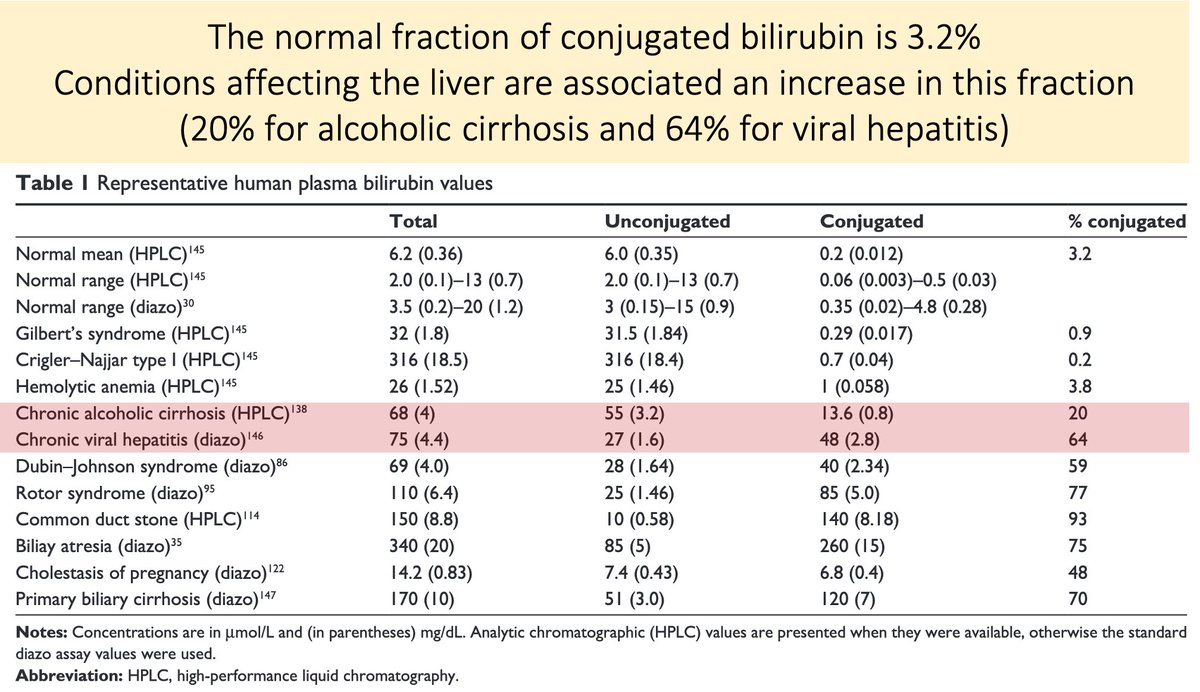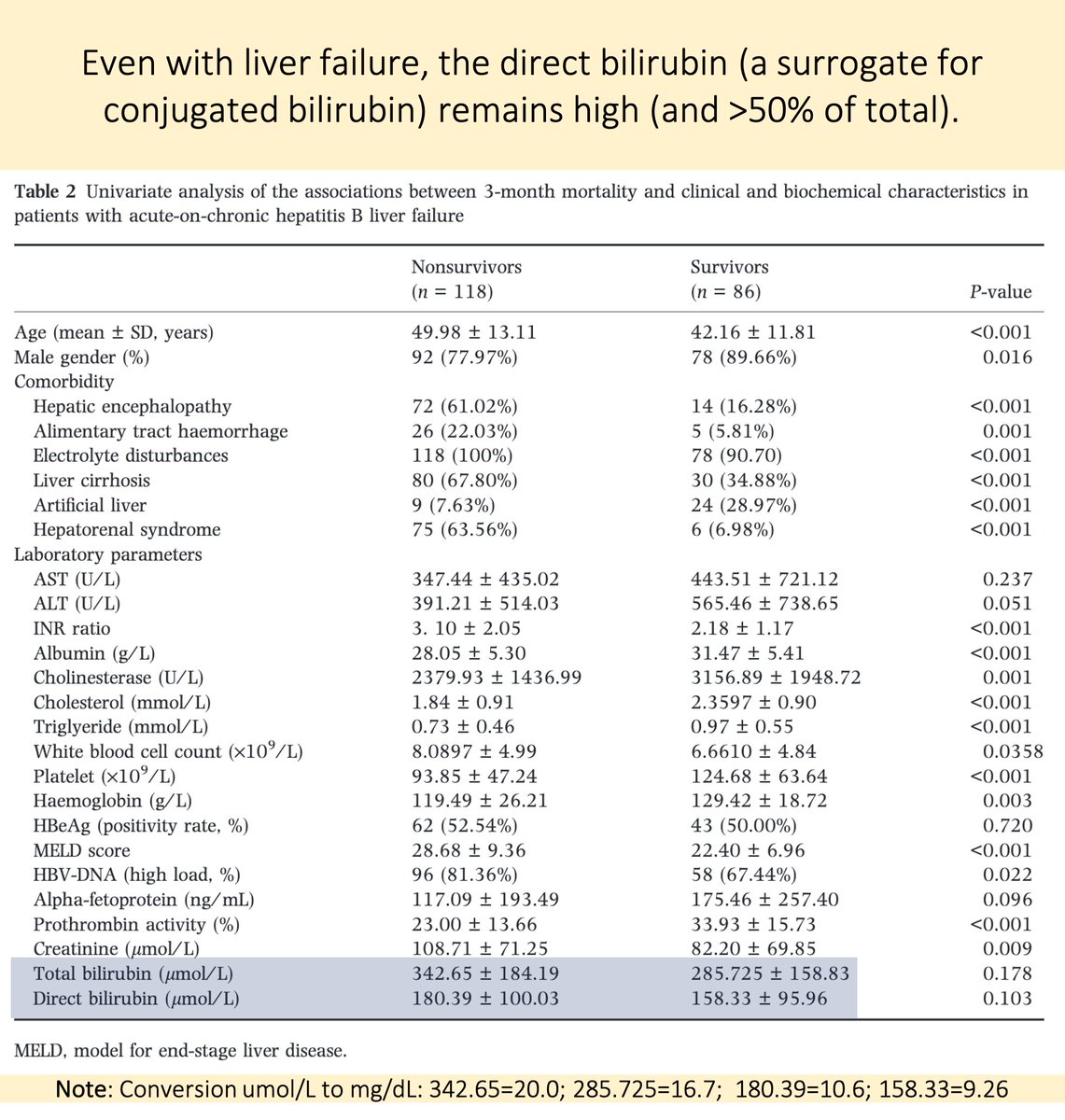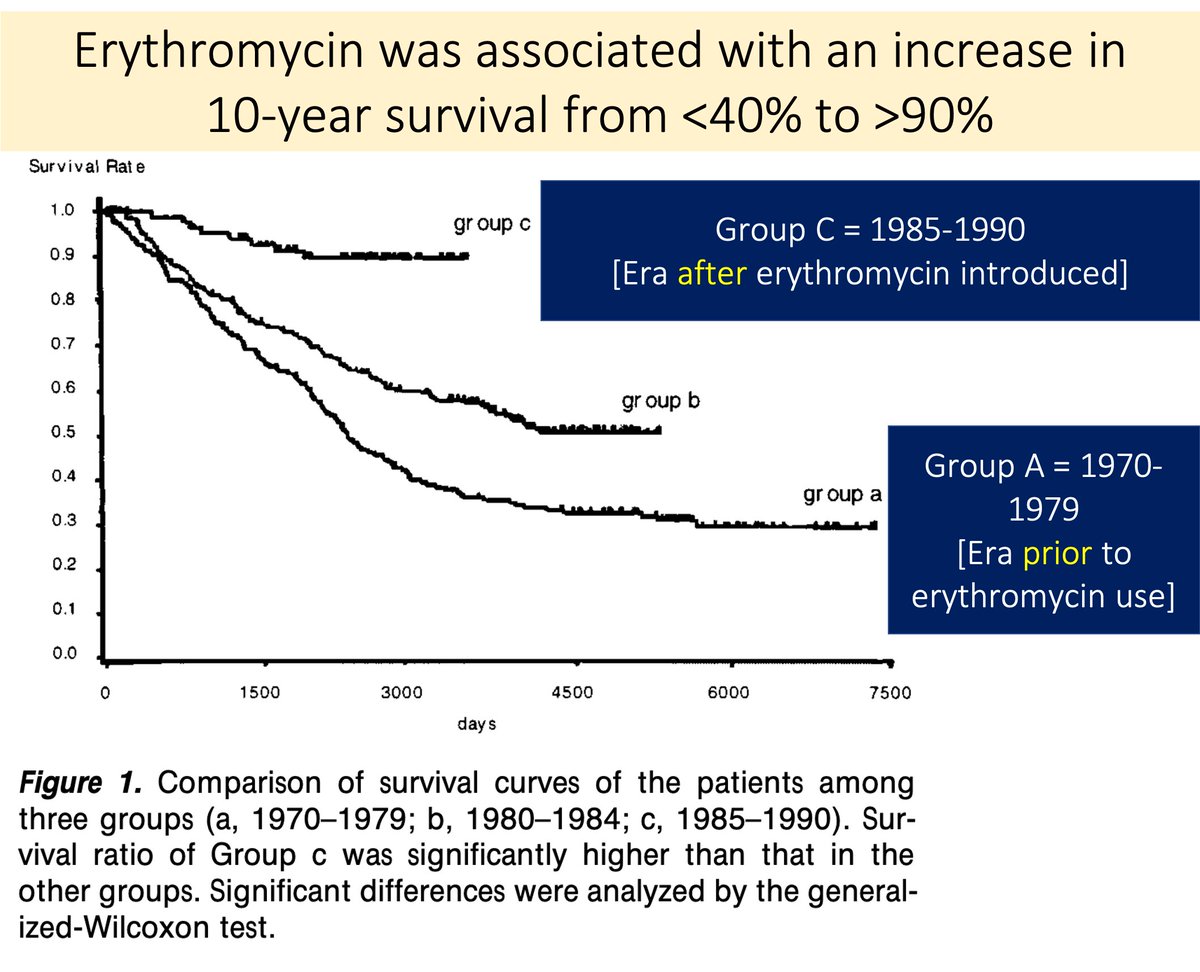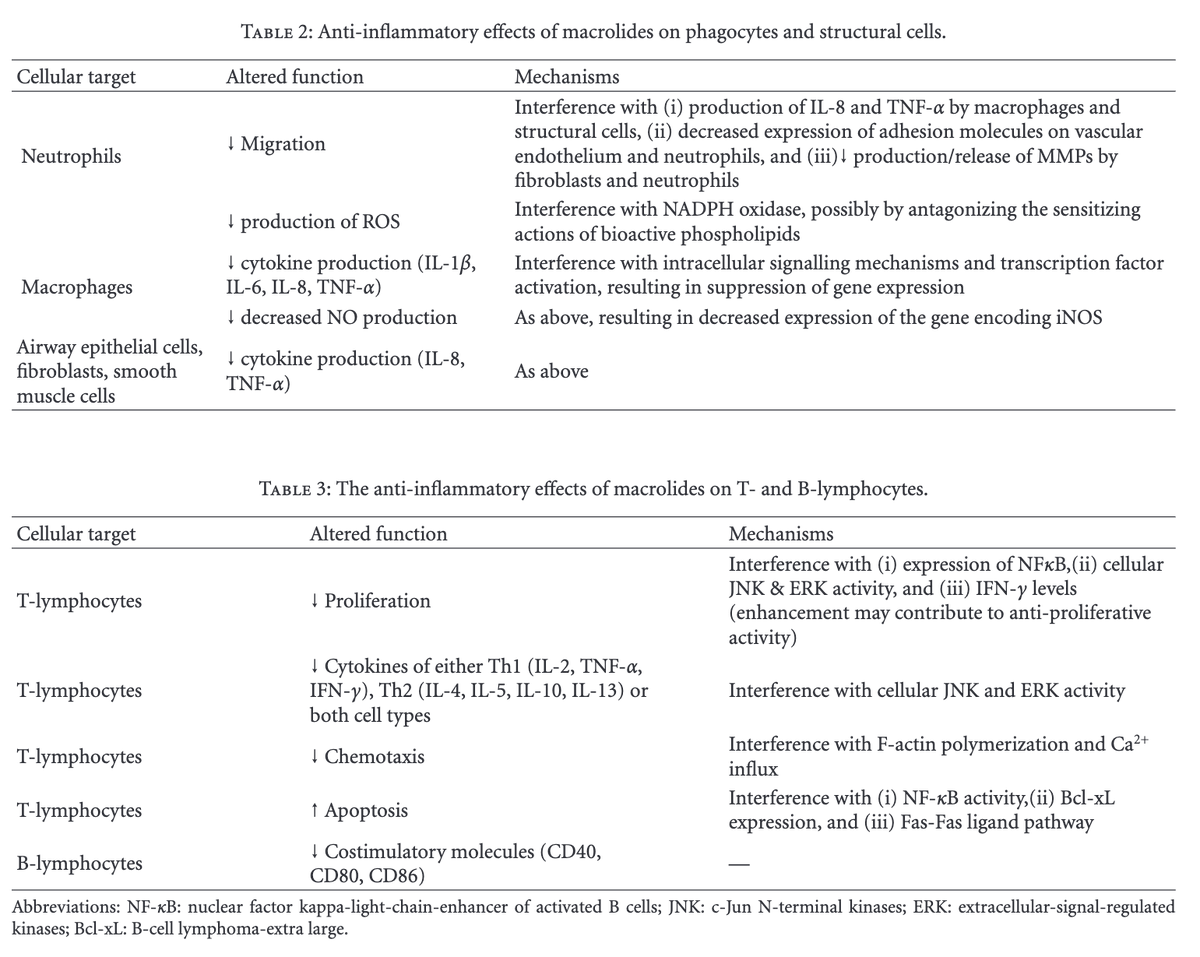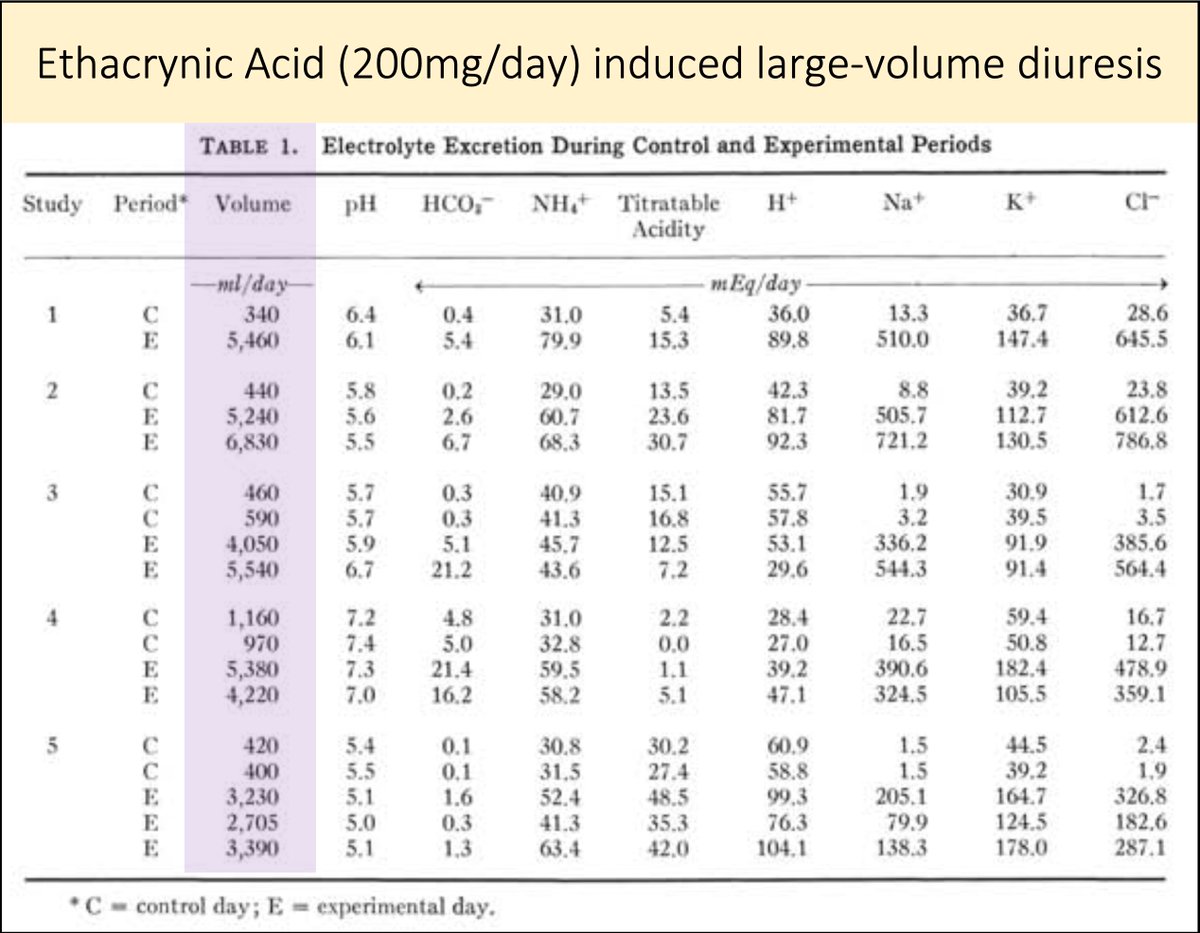Why are the AST and ALT relatively low in alcoholic hepatitis?
Other forms of acute hepatocellular injury (e.g., acute hepatitis B) often manifest with very high AST/ALT (e.g., >1000).
Values >500 are rare in alcoholic hepatitis (AH).
Why?
It's worth establishing that AST and ALT are relatively low in alcoholic hepatitis (AH). This surprised me when I first learned it.
In one study of 100 patients with biopsy-confirmed AH, mean values were:
🔹AST 144
🔹ALT 56
🔹Bilirubin 5.7
ncbi.nlm.nih.gov/pubmed/4104176
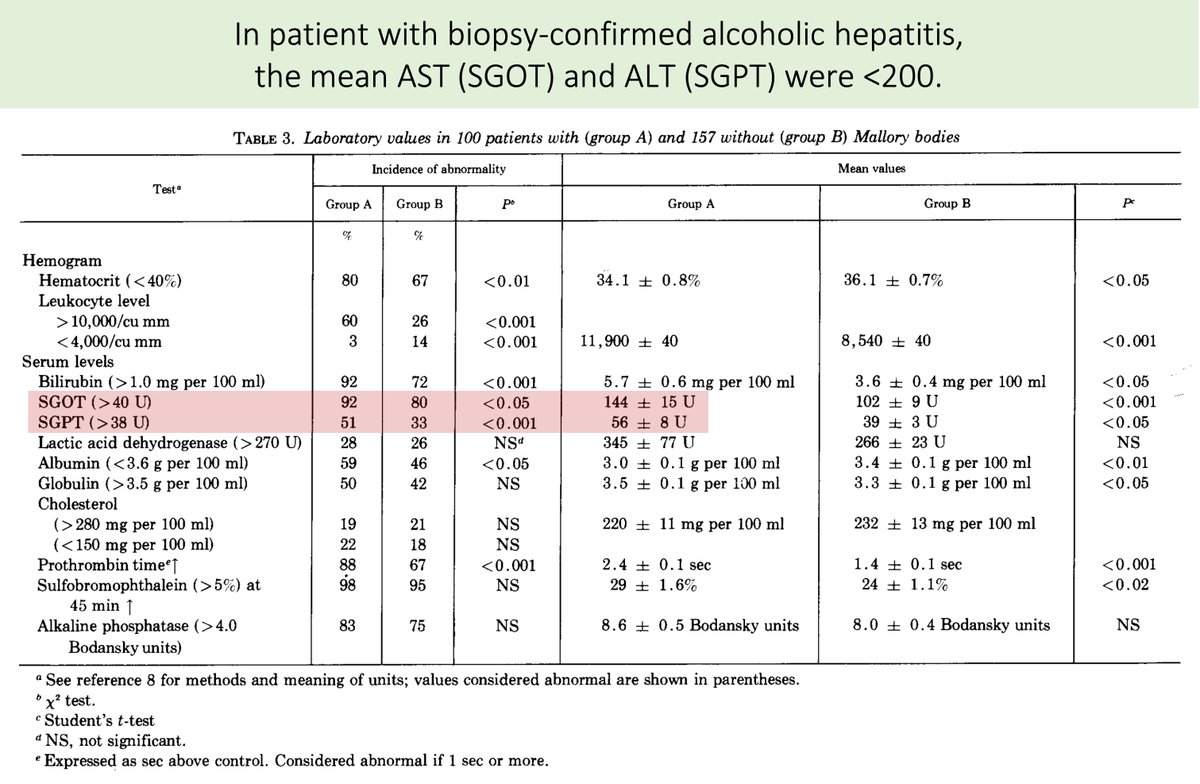
Maybe this results from a paucity of hepatocytes available for AST/ALT activity. But, this wouldn't explain:
◾️The maintained ability to conjugate bilirubin
◾️Similar elevations in those without cirrhosis
◾️More marked elevations in other inflammatory liver diseases
I discussed part of the explanation in a tweetorial that asked: "Why is the AST/ALT ratio >2 in alcoholic liver disease?"
One reason: greater suppression of ALT than AST in the setting of B6 deficiency.
But, both ALT and AST are suppressed when B6 is deficient.
This likely explains the relatively low levels seen in alcoholic hepatitis.
So, a question follows: why is B6 activity low in patients with alcohol use disorder?
B6 (pyridoxine) is an essential vitamin (i.e., it cannot be synthesized and must be ingested).
Decreased levels have been found in patients with alcohol use disorder.
Maybe decreased intake can explain these findings.
ncbi.nlm.nih.gov/pubmed/14278632

Studies have found that the administration of IV pyridoxine does NOT increase PLP levels in those who continue to drink alcohol.
An inadequate diet does not explain the interaction between B6 and low AST/ALT.
Alcohol itself seems to play a role...
ncbi.nlm.nih.gov/pubmed/5434110
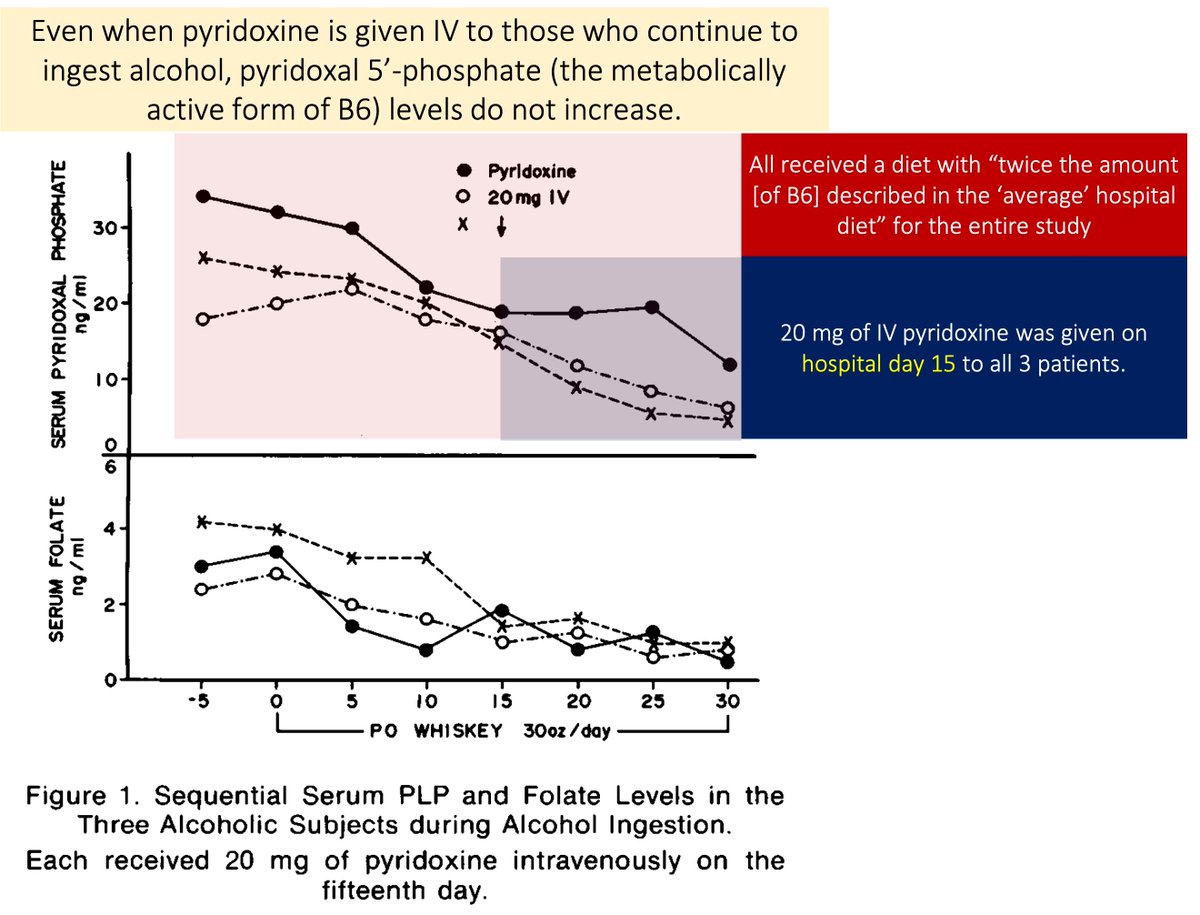
...actually, it's more accurate to say that acetaldehyde (a product of alcohol metabolism) leads to decreased PLP.
Acetaldehyde probably displaces PLP from binding proteins that protect it from hydrolysis.
Result: increased PLP degradation
ncbi.nlm.nih.gov/pubmed/3663401
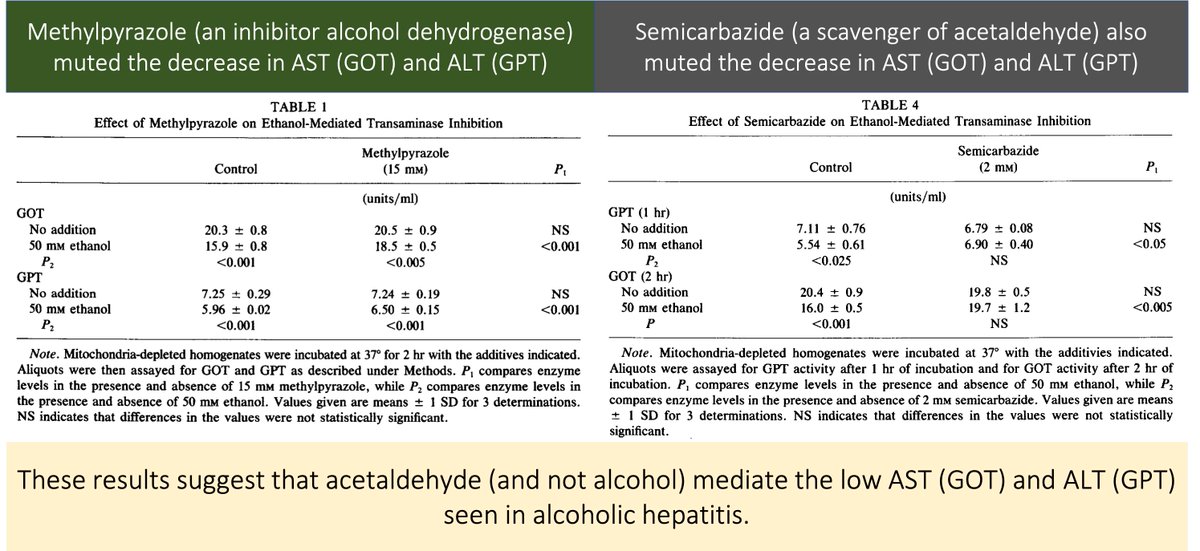
Before closing, let's ask one more question:
Which of the following conditions might also be associated with relatively low AST and ALT?
Because B6 is a water-soluble vitamin, there is some evidence that patients receiving hemodialysis are at increased risk of deficiency.
Result: the use of hemodialysis is also associated with lower AST and ALT
ncbi.nlm.nih.gov/pubmed/24714836
1⃣Alcohol is metabolized to acetaldehyde (Ac)
2⃣Ac leads to degradation of PLP (the active form of B6 and co-enzyme for ALT and AST)
3⃣Decreased PLP leads to decreased ALT/AST




